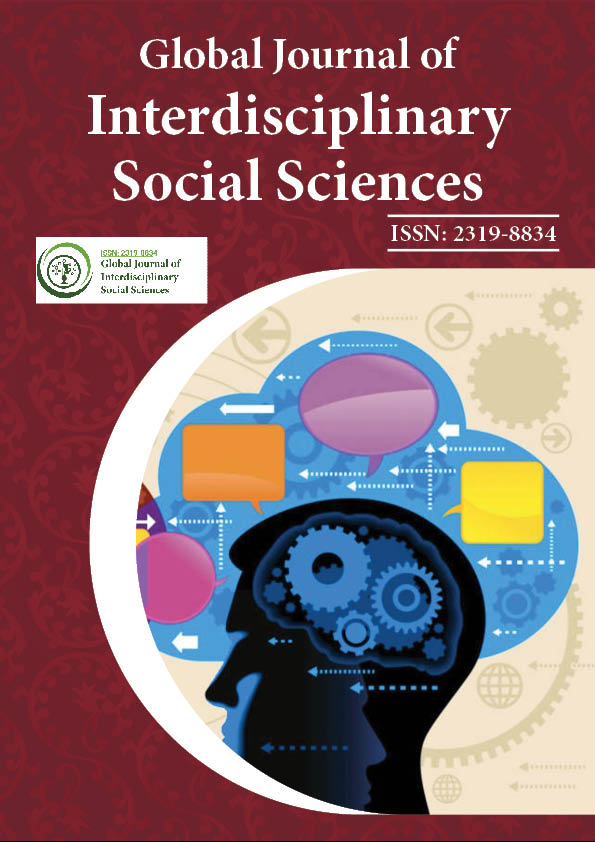Indexed In
- JournalTOCs
- Google Scholar
Useful Links
Share This Page
Journal Flyer

Open Access Journals
- Agri and Aquaculture
- Biochemistry
- Bioinformatics & Systems Biology
- Business & Management
- Chemistry
- Clinical Sciences
- Engineering
- Food & Nutrition
- General Science
- Genetics & Molecular Biology
- Immunology & Microbiology
- Medical Sciences
- Neuroscience & Psychology
- Nursing & Health Care
- Pharmaceutical Sciences
Abstract
Mixed Methods Design in Human Services Research
Olusola O Karimu, Phd
This study provides a general understanding of quantitative and qualitative research designs in attempt at articulating the usefulness of mixed methods research design in human services fields such as criminal justice and criminology. The study highlights the weaknesses, strengths and assumptions of mixed methods design and identified factors to be taken into consideration when planning mixed methods, such as timing which refers to the time of introduction of both quantitative and qualitative methods, weighting which refers to the priority to be given to each methods and mixing which explains how data to be collected will be merged. This research identified sequential transformative strategy as a viable approach for mixed methods design in human services based research because it has two distinct data collection phases that follow each other. Despite some inherent shortcomings of the mixed methods, this essay concludes that combining or mixing quantitative and qualitative research approaches in a single research enables researchers to be more flexible, integrative, holistic, and rigorous in their investigative techniques as they attempt to address a range of complex research questions(Creswell, 2009; Butt, 2010).
